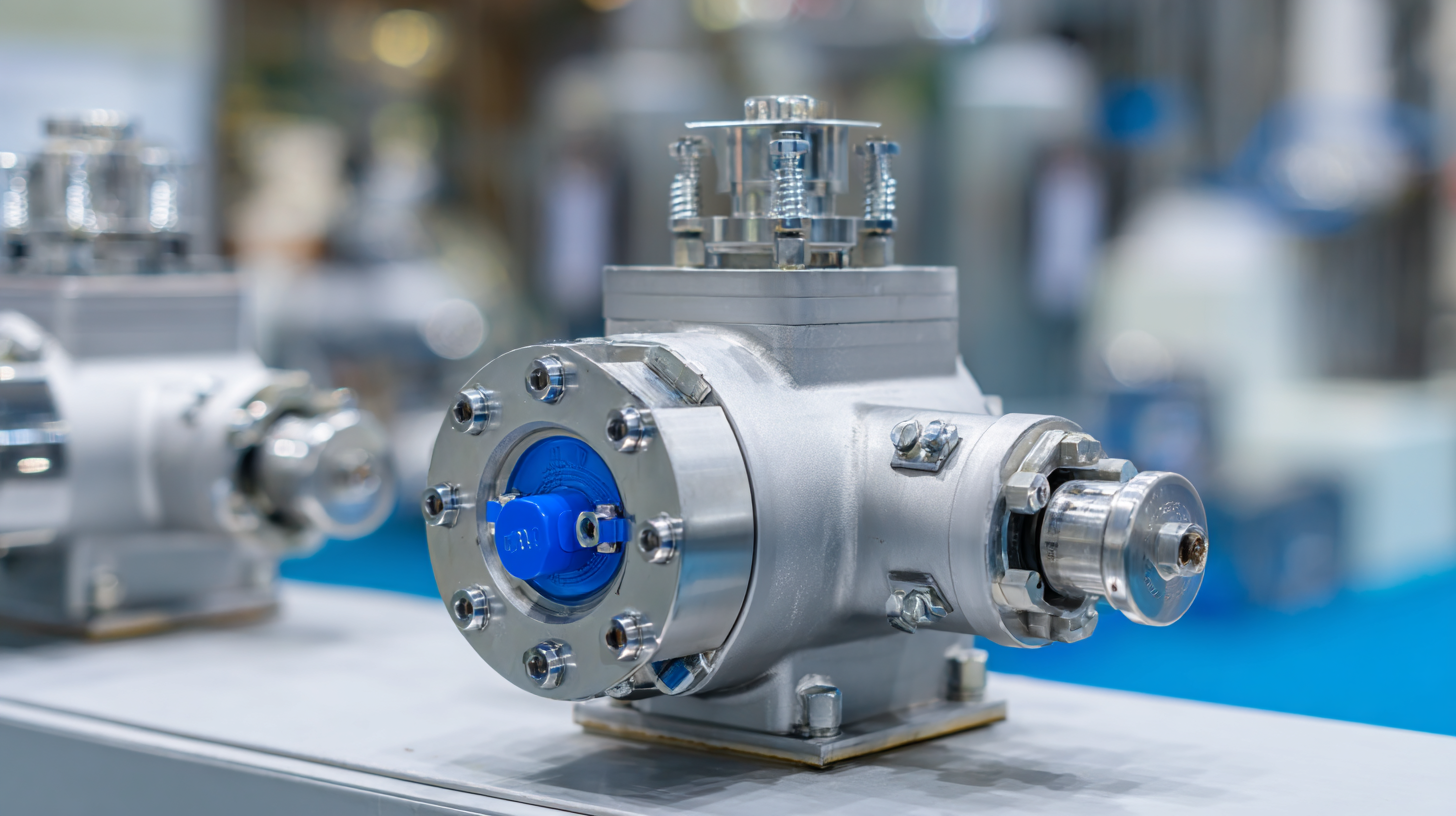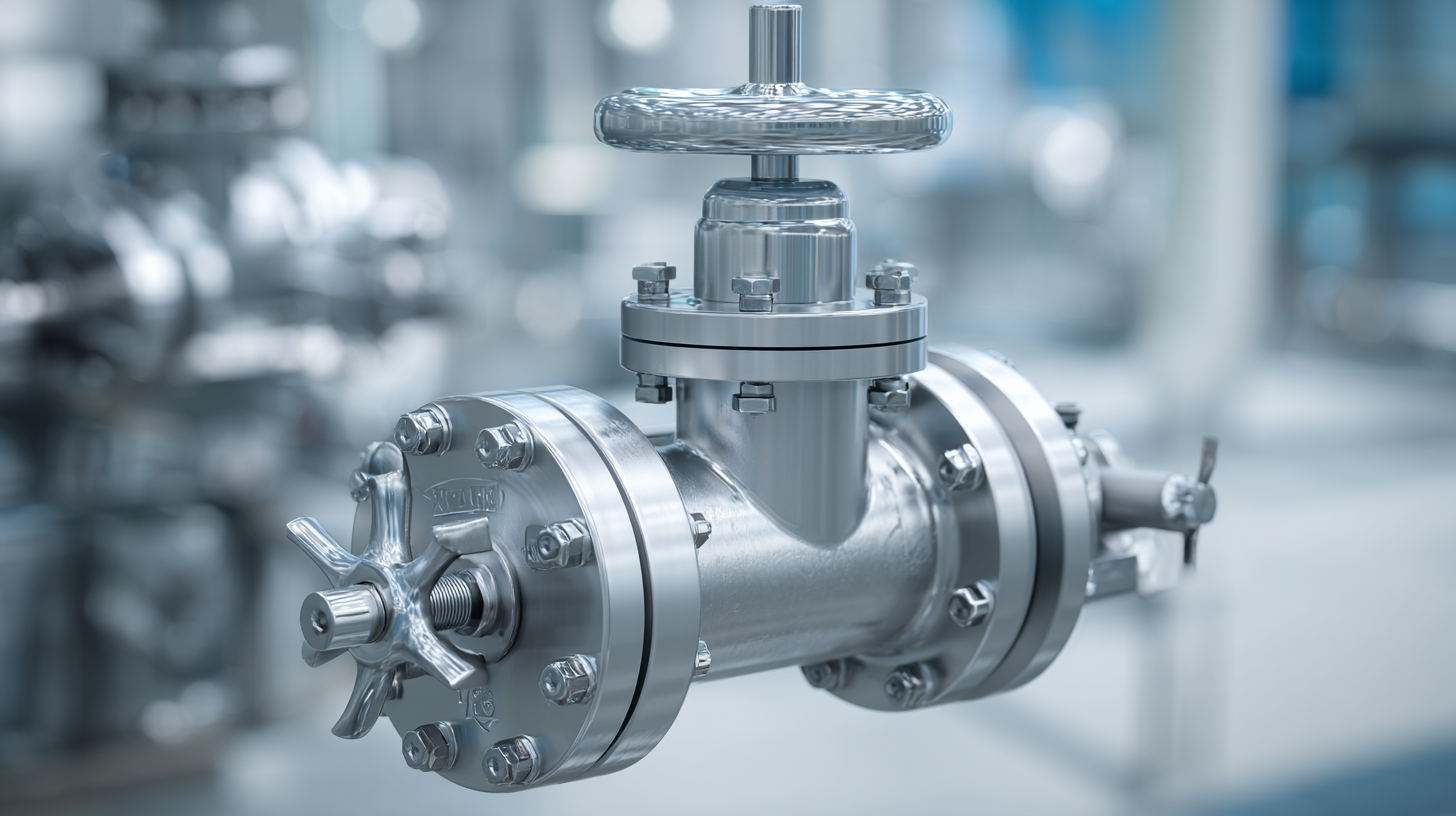
The relief valve industry is undergoing significant evolution, driven by increasing safety regulations and technological advancements. As per a recent report by MarketsandMarkets, the global relief valve market is expected to reach USD 5.8 billion by 2025, growing at a CAGR of 4.5%. This growth underscores the critical role that relief valves play in various industrial applications, ensuring the safe operation of piping systems, boilers, and pressure vessels.

With the rising demand for energy-efficient and reliable pressure relief mechanisms, the industry is witnessing innovative developments, such as smart relief valves equipped with IoT capabilities. Furthermore, industries including oil and gas, chemical processing, and power generation are increasingly recognizing the importance of these components in preventing catastrophic failures and maintaining operational integrity.
In this blog, we will explore compelling industry application cases and provide a "how-to" guide for selecting the best relief valve to meet specific operational needs.
The relief valve industry is witnessing significant growth driven by increasing demand across various sectors, including oil and gas, power generation, and manufacturing. As industries continue to expand, the need for efficient safety mechanisms becomes paramount to ensure operational reliability and compliance with stringent regulations. Recent market analysis indicates that the global relief valve market is expected to reach impressive size milestones by 2025, fueled by technological advancements and the integration of smart valve solutions that enhance performance and monitoring.

Key factors contributing to this market expansion include the rising emphasis on safety protocols, particularly in high-risk industries. Companies are increasingly investing in advanced relief valve technologies that not only provide pressure relief but also offer superior durability and performance under extreme conditions. Additionally, the growing trend towards automation and digitalization is leading to innovative designs that minimize maintenance and maximize uptime. As we look towards 2025, the relief valve industry is poised for transformative growth, characterized by both enhanced product offerings and an evolving market landscape.
In 2025, the relief valve industry is witnessing a remarkable transformation driven by cutting-edge technological innovations. These advancements are not only enhancing the efficiency of relief valves but are also redefining industry standards. Manufacturers are increasingly incorporating smart technologies, such as IoT sensors and AI-driven analytics, that allow for real-time monitoring and adaptive performance. This ensures that relief valves can respond dynamically to varying pressure conditions, significantly reducing the risk of failures and enhancing safety.
Moreover, improved materials and design methodologies are paving the way for more robust and lightweight relief valves. Techniques such as 3D printing enable custom solutions that meet specific operational needs while optimizing production time. This shift not only increases the reliability of the valves but also contributes to energy efficiency by minimizing material waste. As industries continue to embrace sustainable practices, these technological innovations represent a pivotal step towards achieving higher standards of operational excellence in the relief valve market.
The relief valve industry is on a transformative journey highlighted by evolving market dynamics and the emergence of key players. As the demand for efficient pressure regulation increases across various sectors, major companies in the industry are innovating to offer advanced solutions. This landscape not only fosters competition but also drives technological advancements that enhance the performance and reliability of relief valves.

To navigate the evolving market, companies should consider several strategic tips. Firstly, investing in research and development can lead to innovation that meets the specific needs of customers. Secondly, forming strategic partnerships with other industry players can enhance product offerings and market share. Lastly, staying updated with the latest market trends and consumer preferences is crucial for maintaining a competitive edge.
The UK control valve market is also witnessing promising growth, with forecasts indicating a steady rise in market size. As stakeholders analyze current trends, they must focus on optimizing operational efficiencies and reducing costs while delivering high-quality products. This balance will be essential for success in an increasingly competitive environment.
As we approach 2025, the relief valve industry is poised for significant transformation, primarily driven by evolving regulatory landscapes. Compliance with stringent safety standards is becoming increasingly critical for manufacturers and operators alike. According to a recent MarketsandMarkets report, the global relief valve market is projected to reach $4.5 billion by 2025, reflecting a compound annual growth rate (CAGR) of 5.2%. This growth is closely tied to new regulations aimed at enhancing operational safety and environmental protection, making it imperative for companies to stay updated on compliance requirements.
One of the most notable regulatory changes is the introduction of stricter emissions standards, particularly in the oil and gas sector. The American Petroleum Institute (API) has established new guidelines, which mandate enhanced performance and testing protocols for relief valves. Failure to comply not only risks penalties but can also lead to operational downtimes and safety hazards. In response, industry players are increasingly investing in innovative technologies and advanced manufacturing processes to meet these regulations, thereby ensuring both safety and efficiency. As we navigate these changes in 2025, the emphasis on compliance will undoubtedly shape the strategic direction of the relief valve industry.
| Year | Market Value (Billion USD) | Growth Rate (%) | Key Regulations | Compliance Challenges |
|---|---|---|---|---|
| 2021 | 3.5 | 4.5 | ISO 4126 | Understanding New Standards |
| 2022 | 3.8 | 8.5 | ASME Section I | Resource Allocation |
| 2023 | 4.1 | 7.9 | API 527 | Technological Adaptation |
| 2024 | 4.5 | 9.8 | EU Pressure Equipment Directive | Documentation Requirements |
| 2025 | 5.0 | 11.1 | National Safety Standards | Implementation Timelines |
In recent years, the relief valve industry has experienced significant transformations driven by technological advancements and the growing demand for safety in various sectors. According to a recent industry report, the global relief valve market is projected to reach $5.3 billion by 2025, with a compound annual growth rate (CAGR) of 4.5% from 2020 to 2025. This growth is particularly evident in emerging markets such as Asia-Pacific and Latin America, where rapid industrialization and infrastructure development create substantial opportunities for relief valve applications.
As industries continue to prioritize safety and regulatory compliance, the demand for advanced relief valve solutions that offer improved reliability and efficiency is on the rise. Applications in oil and gas, pharmaceutical, and chemical processing sectors are being notably enhanced by smart technologies, enabling real-time monitoring and predictive maintenance. This evolution provides a fertile ground for companies looking to innovate and adapt their product offerings to meet the unique needs of these growing markets.
Tip: When exploring opportunities in emerging markets, consider investing in localized research and development to better understand regional requirements and regulatory standards. This can lead to tailored solutions that address specific industry challenges effectively. Building partnerships with local businesses can also provide valuable insights and enhance market entry strategies.